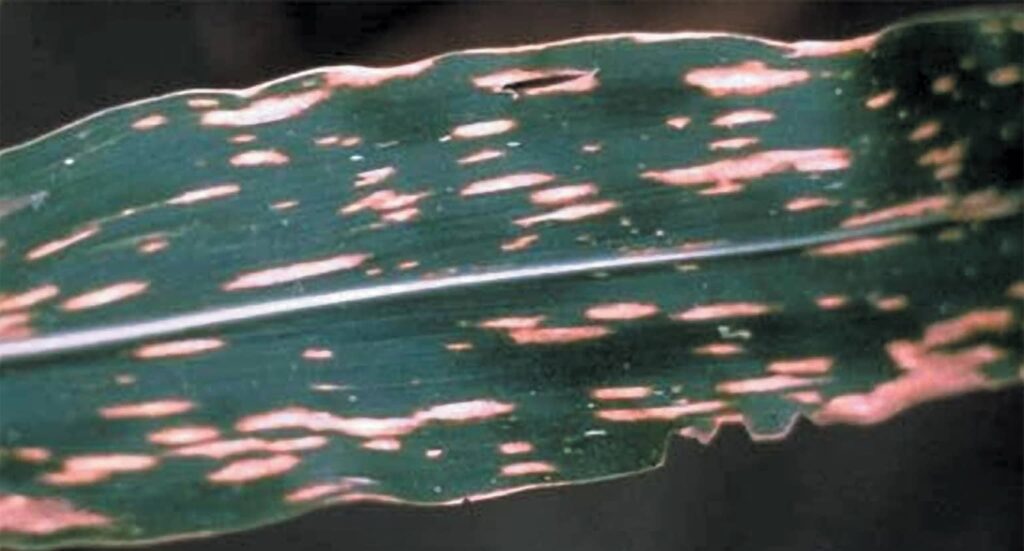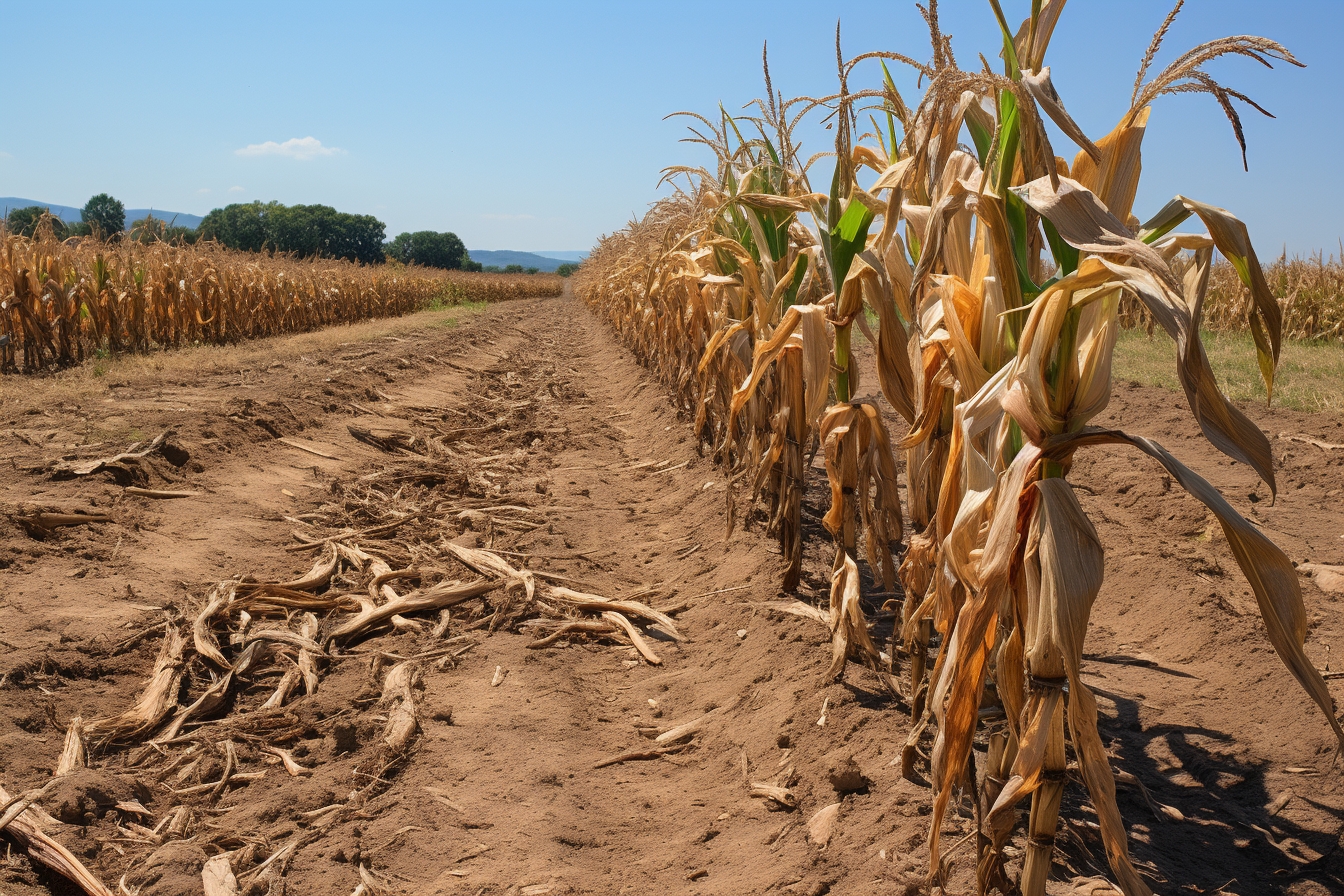Yesterday I was eating my usual summer salad and almost by chance, putting canned sweet corn in it, I thought about how widespread and standardized this food is now. Yes, precisely this golden cereal that populates our tables and feeds entire populations: what if one day, waking up, we discover that it is in danger? What epidemics, vegetable pandemics are decimating our crops?
No, it's not the plot of Interstellar (also because in that case corn was the only crop that was saved), but it's a possibility that could materialize. History has already shown us how a mushroom, the Bipolaris maydis, brought corn crops to their knees in the 70s. And if you think it's an isolated episode, well, know that in modern agriculture "productivity" rhymes with "vulnerability".

The silent threat of monocultures can increase the damage of any plant pandemics.
1970 was a year that farmers did not forget easily. A mushroom, the Bipolaris maydis, appeared in corn fields in the United States, causing a disease called “corn blight.” A great little plague that wiped out entire plantations, with an economic loss of a billion dollars.
To give you an idea, it's as if more calories have been lost than during the Great Irish Famine of the 40s. But how did this happen?
When science plays dice with nature
It all started in the 30s, when scientists developed a variety of corn with a genetic peculiarity. This variety, called cms-T, was very productive and loved by farmers.
But there was one small problem: it was extremely vulnerable to Bipolaris maydis. And so, when there was an unusually hot and humid spring in 1970, the fungus found fertile ground to proliferate.
What have we learned?
After this catastrophe, it was hoped that we would learn from the experience. Nothing. Today, genetic uniformity is still one of the main characteristics of large-scale agriculture. This makes us vulnerable to future plant pandemics.
And with climate change that it is redistributing pathogensbringing them into contact with new crops and changing weather patterns in ways that promote disease can only make the situation worse.
Some farmers, it must be said, are already taking steps to incorporate biodiversity into their crops. This could be the right step to move away from this crisis. But they are still too few.
Plant pandemics: thing done, boss ha
At the beginning of the last century, food was produced by humans, not machines. With the advent of mechanization and the expansion of industrial agriculture, agricultural biodiversity has become an increasingly rare practice. Yet, the solution could lie precisely in ancient agricultural techniques.
In nature, biodiversity protects plant health. But in monocultures, there are no natural barriers to stop the spread of pathogens. This is why it is essential to give a strong turn to our crops.
The future of agriculture
40% of all world land it is used for crops. Of this, almost half is used for just 4 crops: wheat, corn, rice and soybeans. And there is no need to wait for any plant pandemics: already now The equivalent of 30 billion euros is lost every year in food devastated by pathogens.
Whether it is the return to more "humane" practices, or the advent of precision agriculture, something must be done before there are bad surprises.


